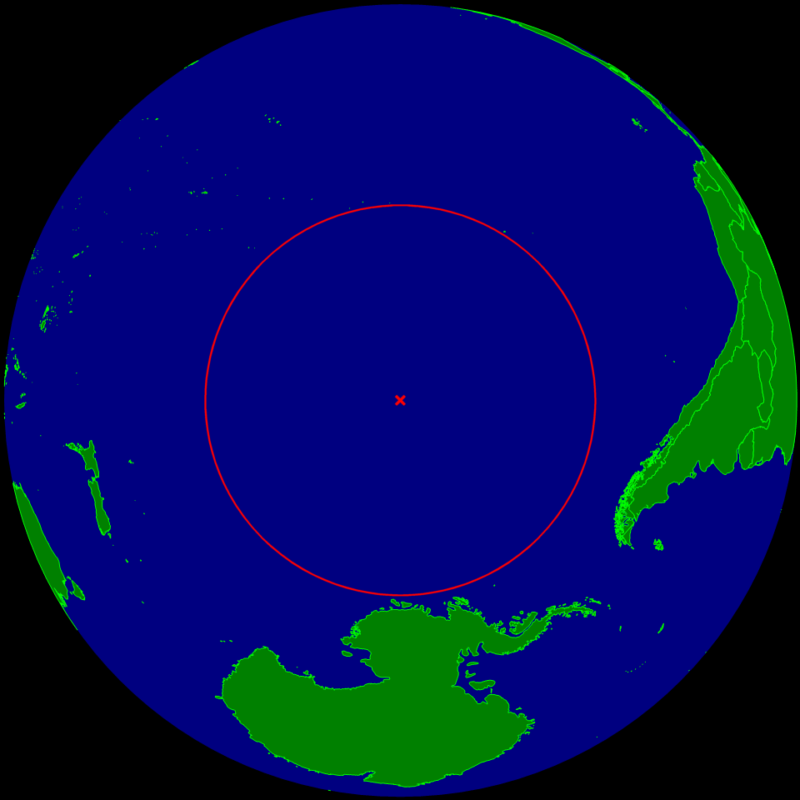The Rolling Stones are still often referred to as "the world's greatest rock and roll band." The English band was formed in April 1962. The original members were guitarist and harmonica player Brian Jones
Their early setlists relied heavily on rhythm and blues songs and straight-ahead blues. Brian Jones and Keith Richards were big fans of Chess Records' artists such as Muddy Waters
Muddy Waters' song "Rollin' Stone"
Chess Records was based in Chicago, Illinois and was also the home to other artists they admired including seminal rockers like Chuck Berry
 |
| 1964 |
Brian Jones actually led the band until Jagger and Richards' songs became the bands' big early hits and they took the lead roles. By 1969, Jones' contributions to the records had diminished and after he was unable to tour the United States for legal reasons, he left the band by mutual agreement. Jones' died in 1969. Mick Taylor
 |
| 2016 |
The Rolling Stones discography
The band's Official Web Site is www.rollingstones.com
- The Rolling Stones Box Set
- Ladies & Gentlemen: The Rolling Stones- Deluxe Edition 3DVD Numbered Box Set
- Big Hits (High Tide and Green Grass)
- Through The Past, Darkly (Big Hits Vol. 2)
- Rolled Gold+: The Very Best of the Rolling Stones ( 2 Discs/40 Tracks )
- Jump Back: The Best of the Rolling Stones 1971-1993
- Singles Collection: The London Years

The Rolling Stones 2015. Watts on drums, Wood on a silver guitar and Jagger playing guitar along with Richards. Photo: Jim Pietryga CC BY-SA 3.0, Link




